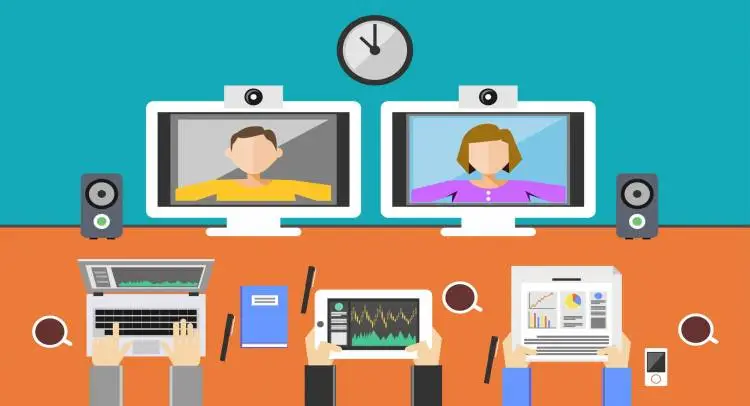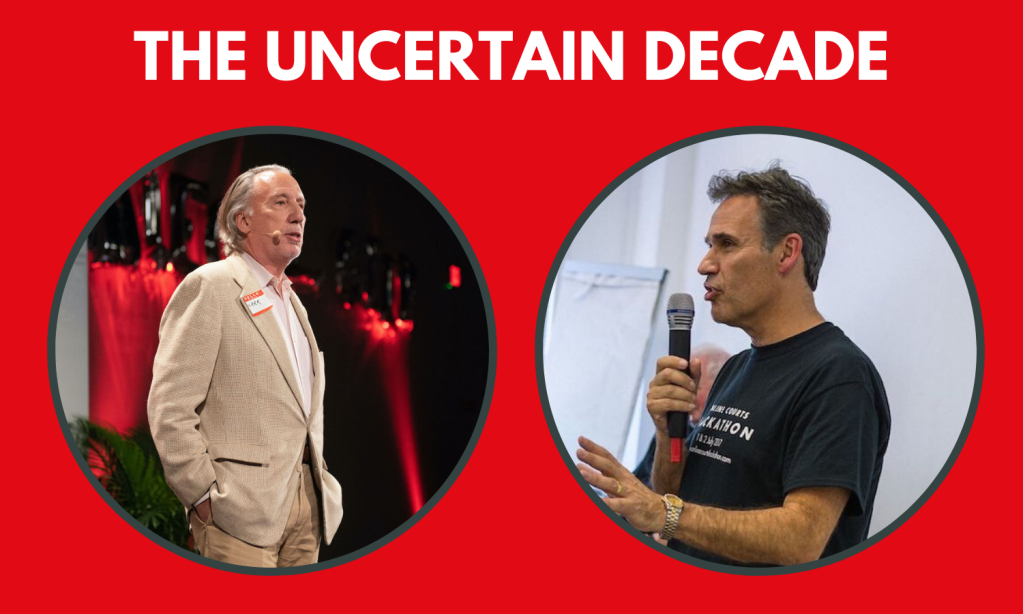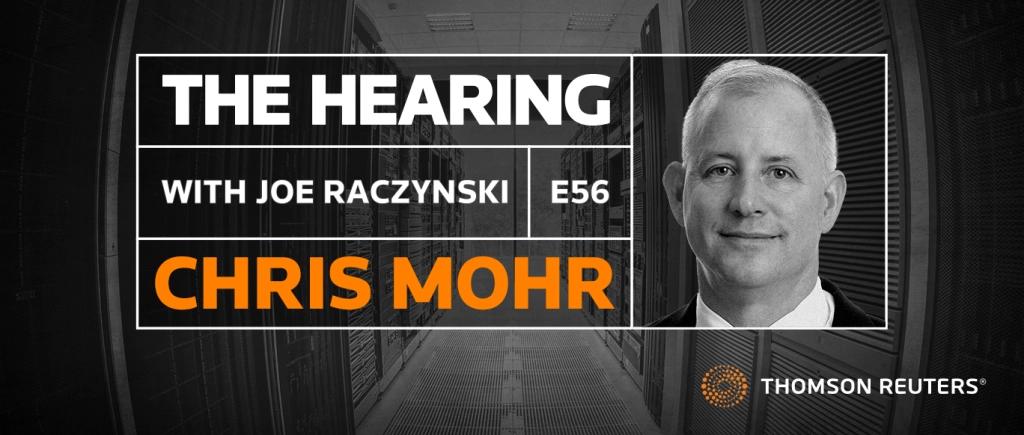Month: July 2020
-

The current status of the (virtual) courts
Originally published on the Legal Executive Institute By Joseph Raczynski Likely the single most salient after-effect of the current pandemic on the legal landscape is its impact on the courts. Previously, the variance of their technological proficiency ranged from fundamentally unchanged over the last 100 years, to jurisdictions that embraced a technological bent forward over…
-

Part 3: Legal Geek’s Uncertain Decade: How does the US and the UK match-up in legal?
Originally published on the Legal Executive Institute By Joseph Raczynski In the next decade legal knowledge will be a skill, not a practice. The assumption is that knowledge is table stakes, and technology is now the enabler buoyed by flourishing legal tech startups. These industrious neophytes are marshaling services previously owned by the practice of…
-

Podcast: The Hearing – Chris Mohr – VP for Intellectual Property and GC at SIIA
This week we talk privacy, piracy, and intellectual property. Before the lockdown, I sat down with Chris Mohr, VP for Intellectual Property and GC at Software and Information Industry Association. Working at the heart of the US federal government in Washington DC, Chris tells us about life as a lobbyist on Capitol Hill and how…
